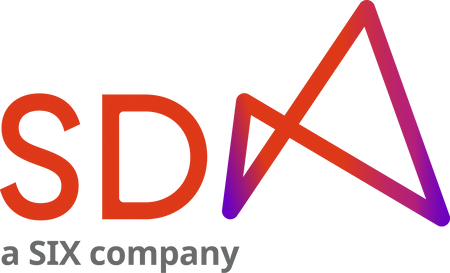Here are our DLT predictions for what will happen in 2023.
TradFi best practices and standards are adopted by/forced onto CeFi
With the 2022 debacle of Centralized Finance companies e.g. FTX, Traditional Finance (TradeFi) governance and risk management practices will be pushed down to surviving players and benefit Traditional Finance players moving towards offering crypto services.
First live wholesale CBDC enabled FMI transaction
Central bank digital currencies (CBDCs) are expected to play a major role in the future of the financial industry, and 2023 could be the year when the first live wholesale CBDC-enabled financial market infrastructure (FMI) transaction takes place. This would be a significant milestone in the adoption of CBDCs and would pave the way for more widespread use in the future.
Retail DeFi continues to gain traction, institutional DeFi develops around traditional assets
Decentralized finance (DeFi) has already gained significant traction among retail investors, and this trend is expected to continue in 2023. However, institutional investors are also starting to take notice and explore the potential of DeFi for traditional assets such as currency, stocks and bonds. This could lead to the development of institutional-grade DeFi platforms and products in the coming years.
Layer 2 development continues with increased focus on privacy and institutional usage
Layer 2 solutions are expected to play a major role in the scalability and adoption of blockchain technology in the financial industry. In 2023, there will be a continued focus on developing layer 2 solutions that provide greater privacy and are suitable for institutional use. This will help to overcome some of the limitations of layer 1 solutions and make DLT more viable for the securities industry.
Digital bonds and other digital securities issuance on Blockchain become BAU
The issuance of digital bonds and other digital securities on blockchain platforms is expected to become business-as-usual (BAU) in 2023. This will be driven by the increased efficiency and cost-effectiveness of DLT-based securities issuance as well as the growing demand for digital assets among investors. It will become a standard way of raising capital for companies and organizations.
About SDX SDX is licensed by Switzerland’s financial market regulator, FINMA, to operate an Exchange and a Central Securities Depository (CSD). SDX offers issuance, listing, trading, settlement, servicing, and custody of digital securities. SDX is committed to working with partners, members, and clients to promote and build out a new market structure for digital assets globally.
About SIX
SIX operates and develops infrastructure services for the Swiss and Spanish Stock Exchanges, for Post-Trade Services, Banking Services and Financial Information with the aim of raising efficiency, quality and innovative capacity across the entire value chain of the Swiss and Spanish financial centers. The company is owned by its users (120 banks). With a workforce of 3,685 employees and a presence in 20 countries, it generated operating income of CHF 1.5 billion and Group net profit of CHF 73.5 million in 2021.

